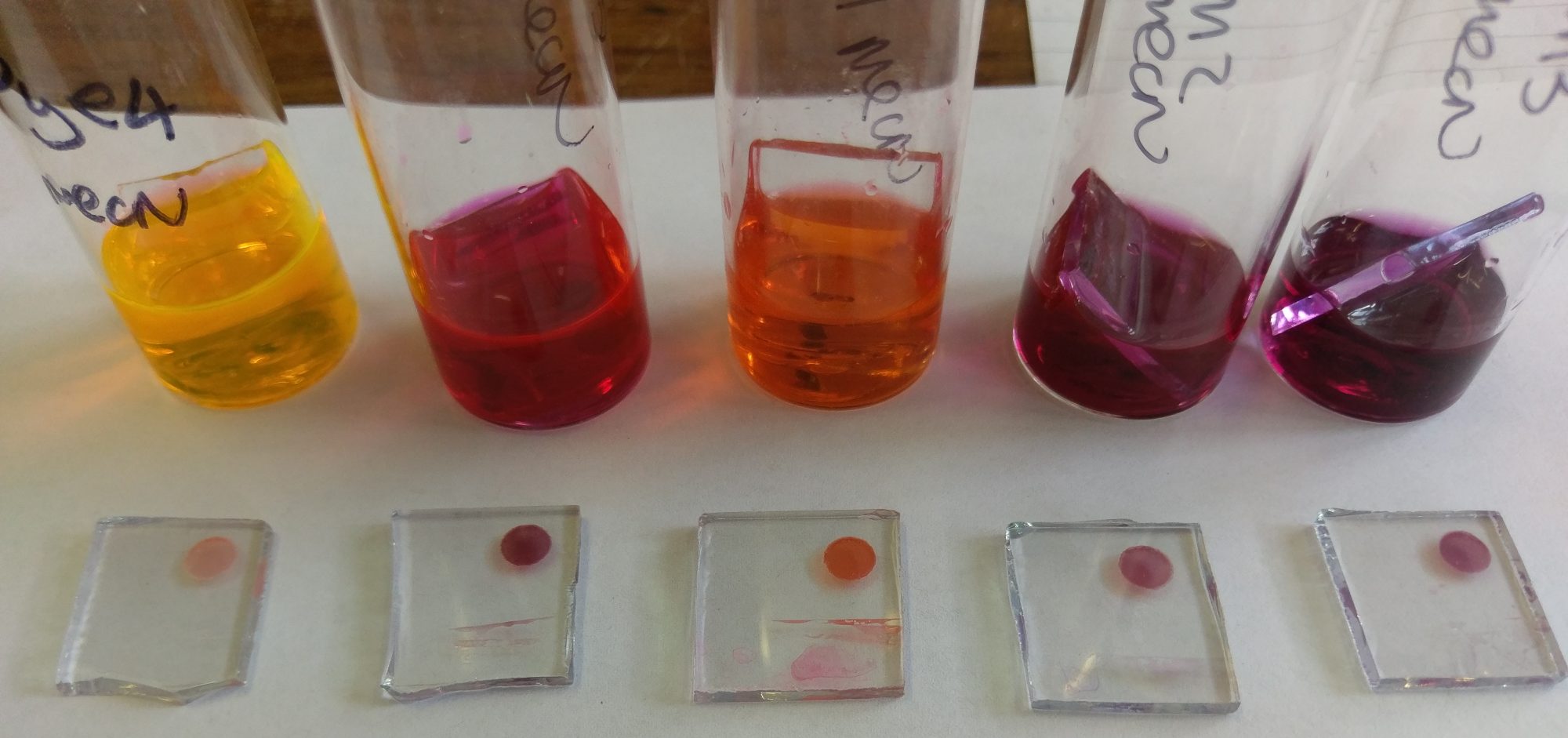The 4th UK Solar Fuels Symposium took place on the 22nd January 2016 at St John’s College, University of Cambridge. The symposium included invited speakers Professor Edman Tsang, Dr Akshay Rao, Professor Gregory Wildgoose and Dr Kylie Vincent, in addition to talks by early career researchers and academics. The talks covered a wide range of topics, including new and interesting materials for water splitting solar fuels applications.
Professor Edman Tsang gave an interesting talk on MoS2 and carbon nitride thin layers for photocatalytically converting water to hydrogen, and the importance of the position of a chemisorbed dye for effective electron transfer. Dr Jesper Jacobsson from EPFL then gave a thought-provoking talk based on cell design for hydrogen production and the terminology used in this area. The final talk of the morning session was by Madeleine Morris from Imperial College London. She introduced an interesting concept of using the internal electric field of ferroelectric materials to reduce recombination and increase charge lifetimes. Madeleine presented kinetic traces of a number of materials including the ferroelectric barium titanate which showed increased charge lifetimes relative to other materials.
Dr Colin Lockwood followed a poster session with a change of topic, focussing on exploiting the processes in certain bacteria to drive photoreduction. Dr Katherine Orchard from the University of Cambridge gave an interesting talk showing that varying the extent of capping of quantum dots affects the binding of a nickel catalyst, and in turn dictates selectivity for CO production over hydrogen production. Invited speaker Dr Akshay Rao presented the application of electroabsorption spectroscopy as a way of measuring the distance which charges move through materials.
In the first talk of the session after lunch, invited speaker Professor Gregory Wildgoose presented a method of activating hydrogen using frustrated Lewis pairs, resulting in a large decrease in the overpotential needed for hydrogen oxidation. The talk introduced a useful way of storing hydrogen. The remaining two talks of the session were given by Dr Reiner Sebastian Sprick who introduced charge-transfer processes using conjugated polymers, which exhibited tuneable absorption properties based on the ratio of different monomers, and Yiou Wang from University College London who showed the benefits of graphitic carbon nitride in producing CO from methane, O2 and CO2.
The final afternoon session began with Professor Anthony Harriman from Newcastle University, who posed the problem of directing multiple electrons generated from solar energy to the same site at the same time to split water. Following this, Dr Graham Newton introduced polyoxometalates which include a ruthenium sensitiser as electron-transport materials. The final talk of the symposium was given by inviter speaker Kylie Vincent, who gave an interesting talk relating to understanding the mechanism of NiFe hydrogenases using infrared spectroelectrochemical techniques.
Posters were presented throughout the day, providing an opportunity to discuss ideas which were presented in the talks with researchers and academics.
